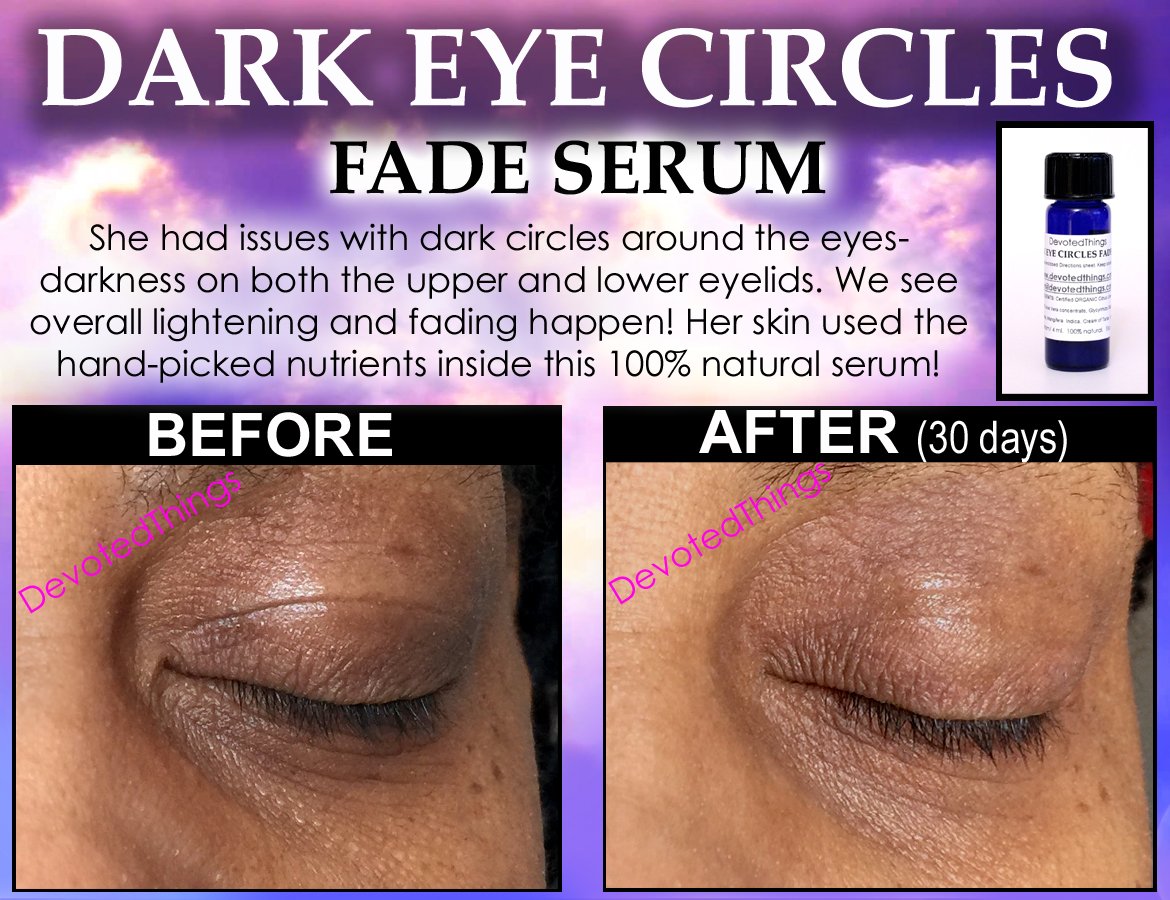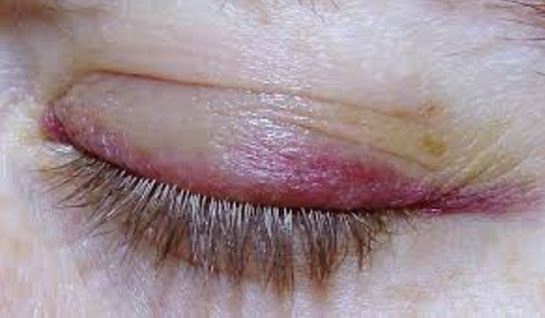

To do this, gently pull your eyelid away from your eye and use the washcloth to gently rub the base of the lashes. In some cases, you might need to be more deliberate about cleaning the edge of your eyelids at your eyelashes.


Use a different clean cloth for each eye.

More study is needed.īlepharitis rarely disappears completely. Other treatment options, such as using intense pulsed light might unclog the glands. Blepharitis caused by seborrheic dermatitis, rosacea or other diseases might be controlled by treating the underlying disease. Topical cyclosporine (Restasis) has been shown to offer relief of some signs and symptoms of blepharitis. Medications that affect the immune system.Your doctor might prescribe both antibiotic and anti-inflammatory drugs. Steroid eyedrops or ointments are used for this, generally only for people who don't respond to other therapies. If you don't respond to topical antibiotics, your doctor might suggest an oral antibiotic. These are available in several forms, including eyedrops, creams and ointments. Antibiotics applied to the eyelid have been shown to provide relief of symptoms and resolve bacterial infection of the eyelids. If self-care measures aren't enough, your doctor might suggest prescription treatments, including: Self-care measures, such as washing your eyes and using warm compresses, might be all that's needed for most cases of blepharitis.


 0 kommentar(er)
0 kommentar(er)
